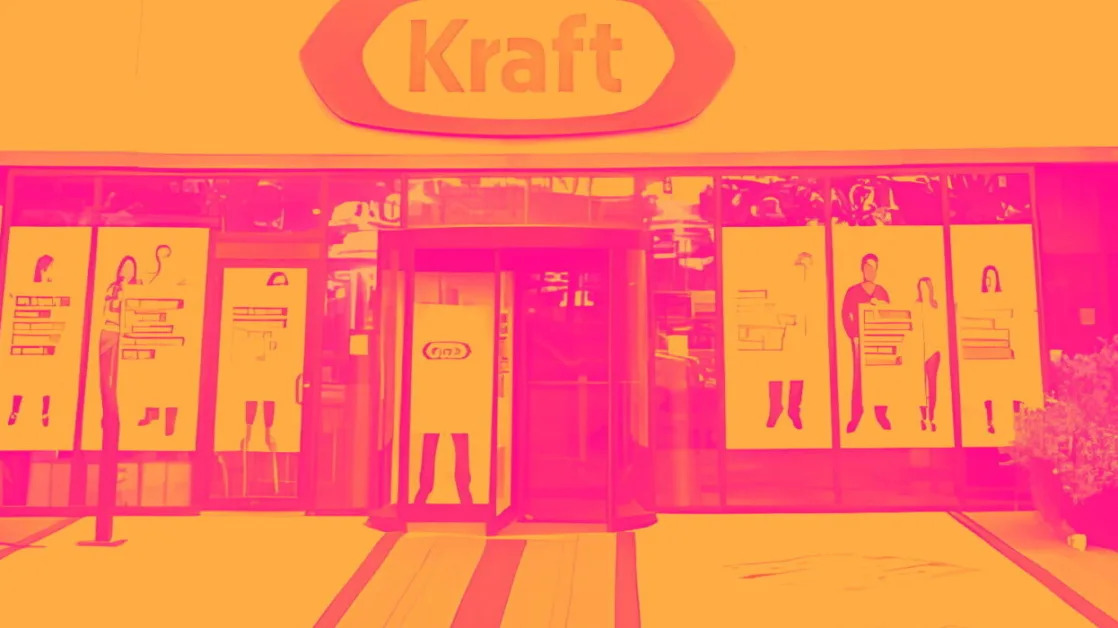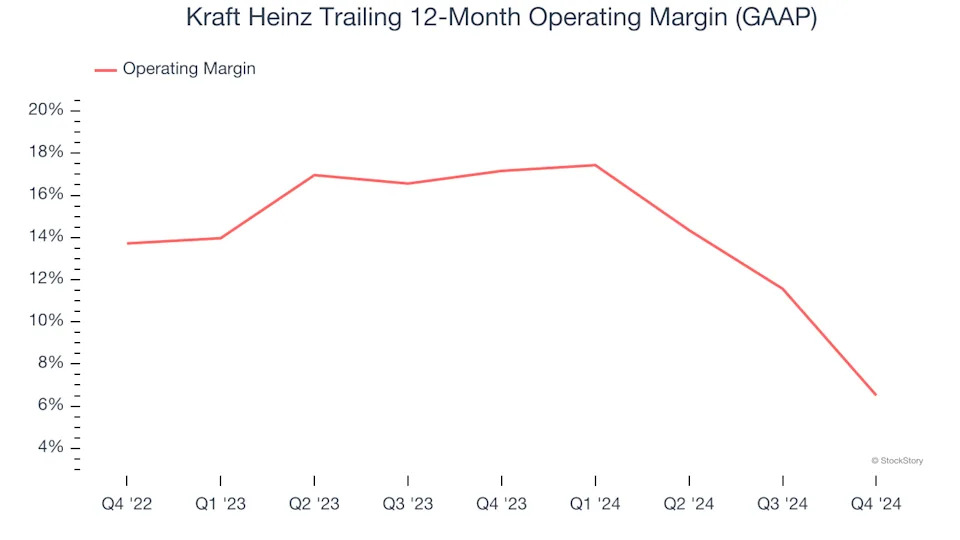
3 Reasons to Sell KHC and 1 Stock to Buy Instead

Kraft Heinz trades at $29.09 per share and has moved almost in lockstep with the market over the last six months. The stock has lost 15.9% while the S&P 500 is down 14.1%. This was partly driven by its softer quarterly results and might have investors contemplating their next move.
Is now the time to buy Kraft Heinz, or should you be careful about including it in your portfolio? See what our analysts have to say in our full research report, it’s free .
Even though the stock has become cheaper, we don't have much confidence in Kraft Heinz. Here are three reasons why we avoid KHC and a stock we'd rather own.
Why Do We Think Kraft Heinz Will Underperform?
The result of a 2015 mega-merger between Kraft and Heinz, Kraft Heinz (NASDAQ:KHC) is a packaged foods giant whose products span coffee to cheese to packaged meat.
1. Demand Slipping as Sales Volumes Decline
Revenue growth can be broken down into changes in price and volume (the number of units sold). While both are important, volume is the lifeblood of a successful staples business as there’s a ceiling to what consumers will pay for everyday goods; they can always trade down to non-branded products if the branded versions are too expensive.
Kraft Heinz’s average quarterly sales volumes have shrunk by 2.8% over the last two years. This decrease isn’t ideal because the quantity demanded for consumer staples products is typically stable.

2. Revenue Projections Show Stormy Skies Ahead
Forecasted revenues by Wall Street analysts signal a company’s potential. Predictions may not always be accurate, but accelerating growth typically boosts valuation multiples and stock prices while slowing growth does the opposite.
Over the next 12 months, sell-side analysts expect Kraft Heinz’s revenue to drop by 3.6%, a decrease from its flat sales for the past three years. This projection is underwhelming and indicates its products will face some demand challenges.
3. Shrinking Operating Margin
Operating margin is an important measure of profitability accounting for key expenses such as marketing and advertising, IT systems, wages, and other administrative costs.
Looking at the trend in its profitability, Kraft Heinz’s operating margin decreased by 10.7 percentage points over the last year. Even though its historical margin was healthy, shareholders will want to see Kraft Heinz become more profitable in the future. Its operating margin for the trailing 12 months was 6.5%.

Final Judgment
We see the value of companies helping consumers, but in the case of Kraft Heinz, we’re out. Following the recent decline, the stock trades at 9.8× forward price-to-earnings (or $29.09 per share). While this valuation is optically cheap, the potential downside is huge given its shaky fundamentals. There are more exciting stocks to buy at the moment. Let us point you toward one of our top digital advertising picks .